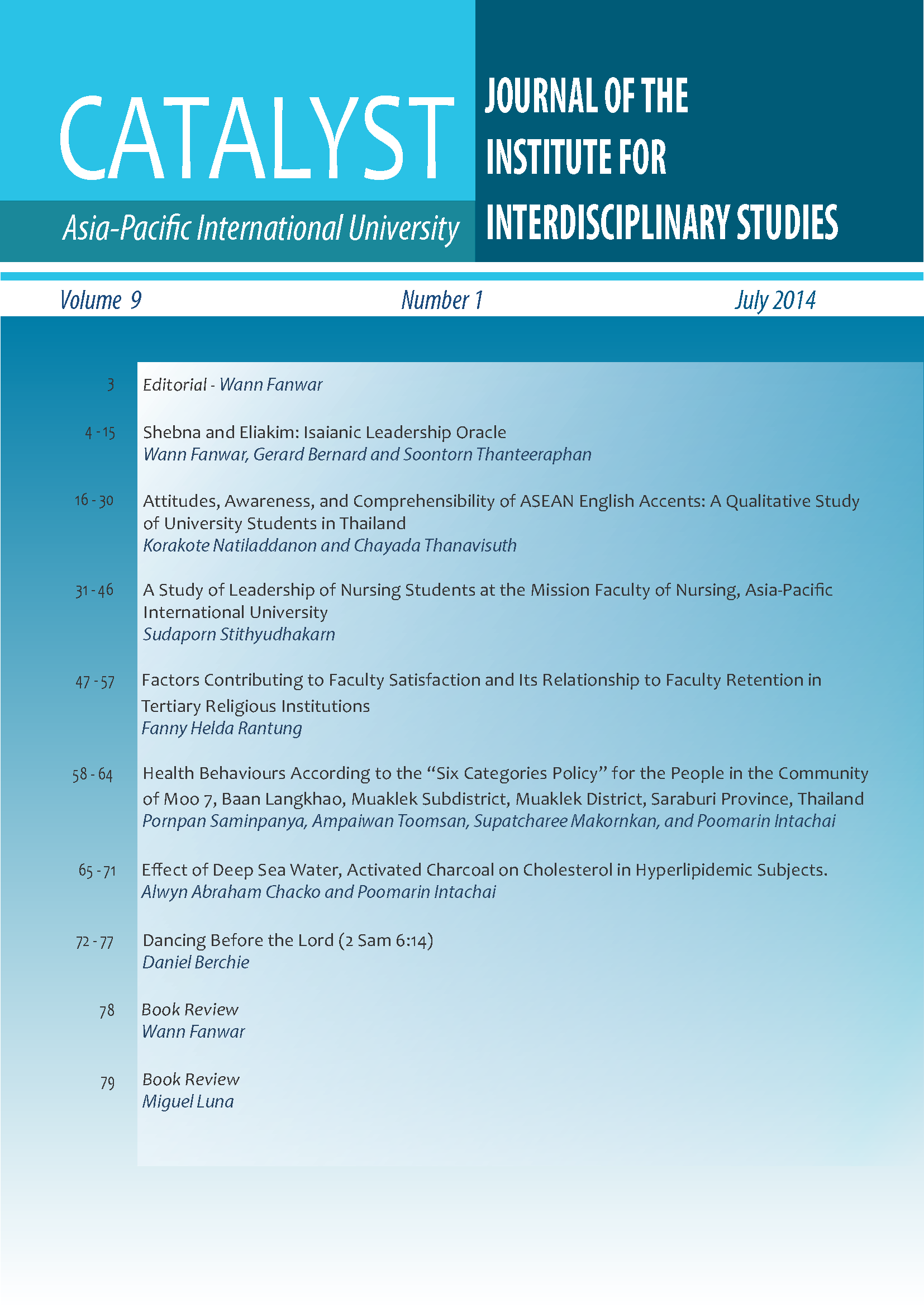Modern and Traditional Perspectives of Osteoporosis An Ethno-Orthopedic Study
Main Article Content
Abstract
For centuries before the inception of modern medicine, traditional folk, the world over, had developed culture specific beliefs and practices regarding health and disease. This paper unveils the socio-cultural beliefs and practices regarding Osteoporosis among the Gond and the Thakur tribal folk inhabiting the state of Maharashtra in India. Through in-depth interviews of the patients, their families, the religious leaders and the village elders belonging to the Gadchiroli and Raigad districts of Maharashtra, valuable qualitative information was gathered and analyzed. To be more precise, qualitative data was gathered through in-depth interviews of 50 Thakurs, 50 Gonds, 5 bone setters, 5 herbalists and 5 midwives. It is interesting to note that the traditional views of the tribal folk regarding Osteoporosis and its etiology, the growth and development of the human bones, are very different and rather weird from those of the allopathic interpretations in modern medicine. There is an urgent need to carry out more ethno-orthopedic studies on the tribal folk throughout India and to recommend practical strategies to create awareness among them about the cause and care of Osteoporosis which primarily affects the senior female population over the age of 50 but to a lesser degree the senior male population over the age of 50 as well.
Article Details

This work is licensed under a Creative Commons Attribution-NonCommercial-NoDerivatives 4.0 International License.
Copyright: Asia-Pacific International University reserve exclusive rights to publish, reproduce and distribute the manuscript and all contents therein.
References
Caudil, W. (1955). Applied Anthropology in Kroeber AR (Ed) Anthropology Today. Chicago: The University of Chicago Press.
Dawson-Hughes, B. & Harris, S.S. (2002). Calcium Intake Influences the Association of Protein Intake with rates of Bone Loss in Elderly Men and Women. American Journal of Clinical Nutrition 75: 773-9.
Foster, G.M. & Anderson, B. (1978). Medical Anthropology. New York: John Willy & Sons.
Harner, M. (1973). Shamanism & Hallucinogens. New York: Oxford University Press.
Hughes, C. (1968). Ethno Medicine, in International Encyclopedia of Social Sciences. Vol. 10. New York: Macmillan Company.
Jain, N.S. & Tribhuwan, R. (1996). The Mirage of Health and Development. Pune: Viayanidhi Publication.
Kurian, J.C. and Tribhuwan, R. (1990). Traditional Medical Practitioners of the Sahyadri, in Eastern Anthropologist Vol. 43(3) Lucknow.
Lieban, R. (1973). Medical Anthropology in Honigman, J.J. (Ed.) Social and Cultural Anthropology. Chicago: Rand and McNally Company.
Love, S. (1997). Dr. Susan Love’s Hormone Book. New York: Random house.
Maheshwari, J. (1993) Essential Orthopedics. New Delhi: Mehta Publishers.
Schutlur, M. (1976). Disease and Curing in a Yagui Community, in Ethnic Medicine in the Southwest by Spicer, E. (Ed.). Arizona: The University Press.
Surya, B. (1993). A Short Textbook of Orthopedics and Traumatology. New Delhi: Jaypee Brothers Medical Publishers.
Tomar, Y.P.S. & Tribhuwan, R. (2007). Mavchis: A Lesser Known Tribe of Nandurbar, Pune: Tribal research and Training Institute.
Tribhuwan, R. (1998). Medical World of Tribals. New Delhi: Discovery Publishing House.
Tribhuwan, R. and Gambhir, R.D. (1995). Ethnomedical Pathway: A Conceptual Model in Jain, N.S. and Tribhuwan, R. (Eds.). An Overview of Tribal Research Studies. Pune: Tribal Research and Training Institute.
_____ . Statistics by Country for Osteoporosis. Retrived, May 18, 2012 from www.cureresearch.com/o/ osteoporosis/stats-country_printer.htm
_____ . List of Countries by Population. Retrieved, Dec. 8, 2014 from http://en.wikipedia.org/wiki/List_of_ countries_by_population
_____ . Brief note on Osteoporosis by the Mayo Clinic. Retrieved, Dec. 11, 2014 from http://www.mayoclinic.org/diseases-conditions/osteoporosis/news/CON-20019924
_____ . The quote by Hippocrates is found in “Goodreads”. Retrieved, Dec. 11, 2014 from www.goodreads.com/quotes/62262


